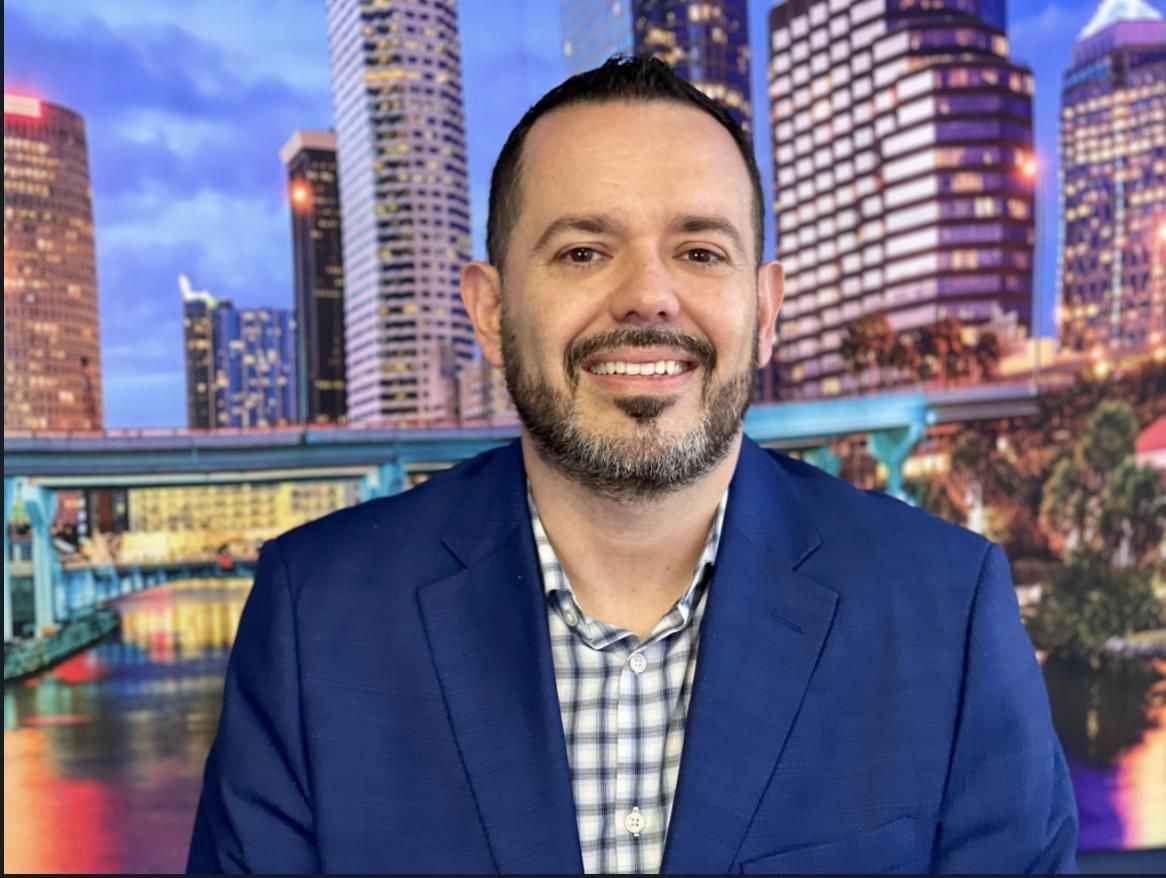
A Straight Talk on Short-Term Rental Investing in Tampa with Jorge Vazquez, CEO of Graystone.
Audio Version: https://youtu.be/9Ov_lHo7inI
Welcome to the sunny side of Tampa, Florida, where the buzz around short-term rental (STR) investments is as hot as our summer days. I’m Jorge Vazquez, CEO of Graystone, and I’ve navigated the highs and lows of the real estate market for over two decades. Today, I want to share some hard-earned insights into the world of STR investing, especially for those eyeing that attractive $100,000 annual profit figure.
Setting Realistic Expectations
Let’s dive straight in. Can you pocket $100,000 a year from owning five STRs? It’s the million-dollar question with an answer that’s not as straightforward as many hope. Real estate is a complex beast, shaped by your goals, how you manage your finances, and the market’s ever-changing nature.
Cash Versus Credit: The Financing Fork in the Road
Here’s the deal: If you’re rolling in dough and can buy properties outright, you’re in a great position. No interest payments mean more profit for you. But let’s be real—most of us aren’t swimming in cash. We rely on loans, which means dealing with interest rates and monthly payments. This doesn’t just reduce your profit; it adds a layer of risk to your investment.
The Nitty-Gritty of STR Management
Owning STRs isn’t just about buying property; it’s about running a business. Maintenance, guest services, marketing—you name it. And just when you think you’ve got it all covered, the market throws a curveball. Take it from me; there have been times when my long-term rentals outperformed my STRs due to unexpected drops in demand. Flexibility and resilience are your best friends in this game.
Diversify or Bust
Putting all your eggs in the STR basket? I wouldn’t recommend it. Diversification is key to surviving in this volatile market. Mixing in some long-term rentals can provide a steady income stream when the STR market dips. It’s all about balance and not being over-reliant on one type of investment.
Crafting a Bulletproof Strategy
So, you’re aiming for that $100,000 profit. Here’s my advice: start with the end in mind. What’s your goal date? How many properties do you need to acquire, and how often? These are questions that require a deep dive into your finances, the market, and future projections. It’s not easy, and there’s no magic formula, but with diligence and strategic planning, you can chart a path to success.
Real Estate: A Piece of the Puzzle
Is real estate going to be your golden ticket, or is it supplementing other income sources? Understanding where it fits in your overall financial picture is crucial. For some, it’s about filling the gap to replace a traditional job income. For others, it’s a piece of a larger retirement strategy. Knowing your end goal helps in crafting a plan that’s realistic and achievable.
Furnishing Your STR: The Principle of “Less is More”
When it comes to furnishing your STR, adopting a “less is more” approach can be highly beneficial. Your primary aim should be durability and functionality over aesthetic appeal. Opt for heavy-duty furniture that can withstand wear and tear, as appealing as it might be to choose stylish, trendy pieces.
The Smart Way to Furnish:
- Quality Over Style: Choose furniture that’s built to last, even if it’s not the most attractive. Your guests will appreciate the durability and functionality.
- Buy Used: Don’t shy away from second-hand furniture. Marketplaces like Facebook Marketplace can be goldmines for finding high-quality, affordable items. This approach not only saves money but is also environmentally friendly.
- Investment Mindset: Remember, every piece of furniture is part of your investment. If your STR strategy needs to pivot, you might need to sell or donate these items. Make choices that won’t leave you at a loss if the market changes.
Choosing the Ideal Location
The success of an STR greatly depends on its location. Spend a few months researching platforms like Airbnb and Vrbo to understand market demands and pinpoint areas with high occupancy rates.
Research Tips:
- Demand vs. Supply: Look for areas where availability is scarce, and demand is high. This often indicates a profitable investment.
- Long-Term Viability: Ensure that the property is viable for long-term rental, should the need arise. This adds an essential layer of security to your investment.
Financing and Clientele: Keys to Sustainability
Understanding the financial aspects, including lending and liabilities, is crucial. Your investment should not only cover the costs when the property is rented out as an STR but also if you need to switch to long-term rental.
Targeting the Right Tenants:
- Corporate Tenants: Aim for corporate rental clients who often require accommodations for several months. This reduces turnover and associated costs.
- Patience Pays Off: If bookings are slow initially, don’t rush to fill your calendar with short-term stays. Holding out for longer-term tenants can be more profitable and efficient in the long run..
Key Takeaways for Sustainable Success:
- Strategic Furnishing: Opt for durable, functional, and cost-effective furniture, keeping in mind the potential need to adapt your investment strategy.
- Location Analysis: Dedicate time to research and identify locations with high demand and limited supply, ensuring your property remains competitive and profitable.
- Financial Prudence: Ensure your financial strategy accounts for the flexibility of switching between short-term and long-term rentals, safeguarding your investment against market changes.
- Targeting Corporate Tenants: Aiming for longer-term corporate tenants can significantly reduce turnover costs and provide a more stable income stream.
As you forge ahead, remember that the real estate market, particularly in vibrant areas like Tampa, is dynamic and ever-changing. Staying informed, adaptable, and patient will not only help you navigate the complexities of STR investing but also position you for long-term growth and profitability. Whether you’re a seasoned investor or new to the game, focusing on sustainability, adaptability, and strategic planning will be key to your success in the exciting world of real estate investment.

